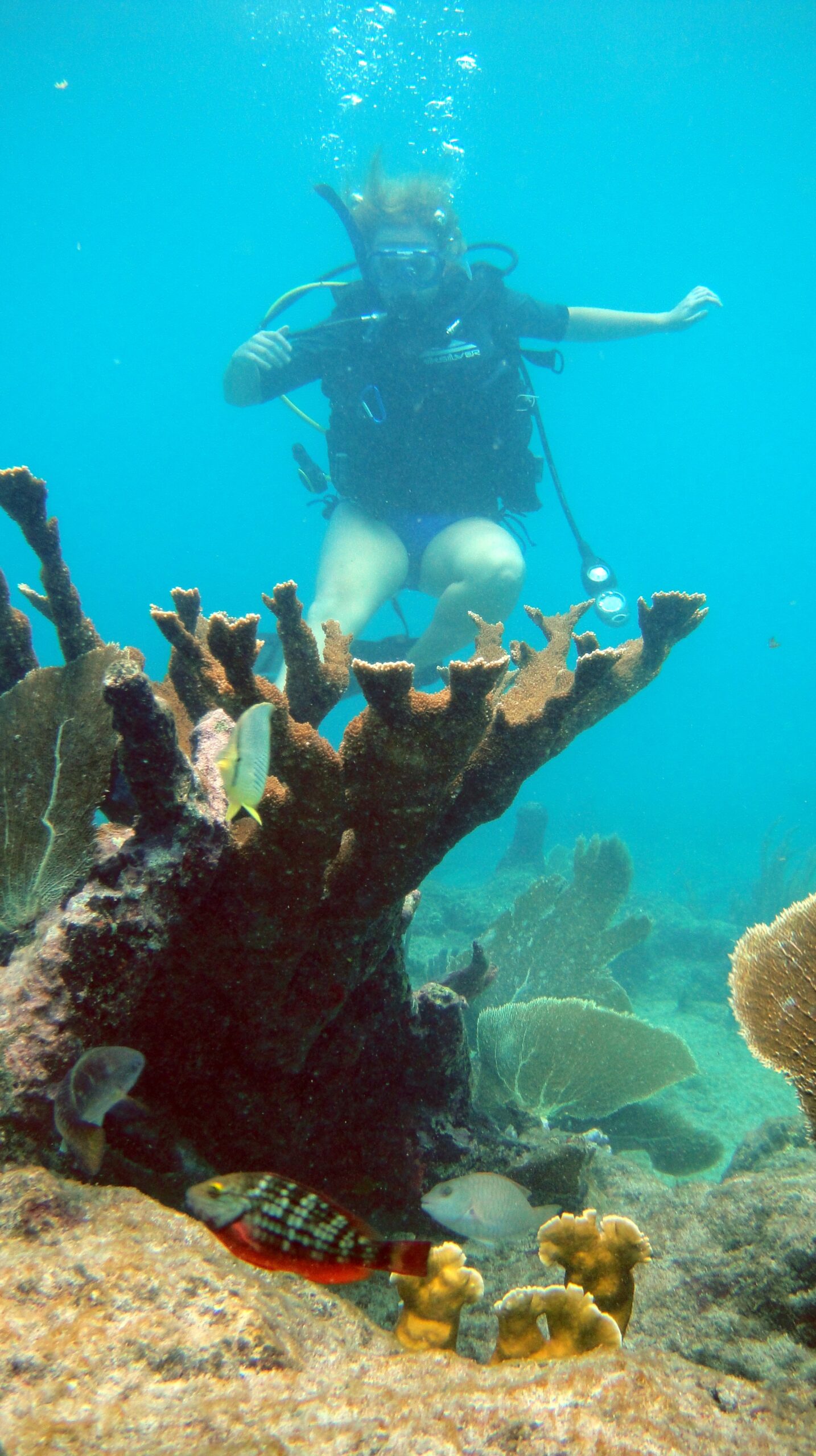Introduction
Fire Coral, scientifically known as Millepora spp., is a unique species of coral found in tropical and subtropical waters. It is commonly found in the Caribbean Sea, the Red Sea, and the Indo-Pacific region. Fire Coral gets its name from its appearance, as it resembles a fiery red color and can cause a burning sensation if touched.
Strengths
One of the strengths of Fire Coral is its ability to provide a habitat for various marine species. The complex structure of Fire Coral colonies offers shelter and protection to small fish, crustaceans, and other marine organisms. This biodiversity is essential for maintaining a healthy marine ecosystem.
Another strength of Fire Coral is its resistance to environmental stressors. It has adapted to survive in warm, nutrient-poor waters, making it resilient to changing environmental conditions. This adaptability allows Fire Coral to thrive in areas where other corals may struggle.
Weaknesses
Despite its strengths, Fire Coral has certain weaknesses. One of the main weaknesses is its aggressive nature. Fire Coral can overgrow and outcompete other corals, causing a decline in coral diversity. This can have negative impacts on the overall health of coral reefs and the species that depend on them.
Another weakness of Fire Coral is its stinging cells, known as nematocysts. These cells contain venom that can cause a painful burning sensation if touched. While this defense mechanism is essential for the survival of Fire Coral, it poses a risk to humans and can result in severe skin irritation or allergic reactions.
Opportunities
Fire Coral presents several opportunities for research and conservation efforts. Its unique properties and adaptability make it an interesting subject for scientific study. By understanding how Fire Coral copes with environmental stressors, scientists can gain insights into coral resilience and potentially apply this knowledge to protect other vulnerable coral species.
Furthermore, Fire Coral can be used as a bioindicator for environmental health. Changes in Fire Coral populations can indicate shifts in water quality, temperature, and nutrient levels. Monitoring these changes can help identify areas that require conservation efforts and inform sustainable management practices.
Threats
Fire Coral faces several threats that impact its survival. One of the main threats is climate change and rising ocean temperatures. As waters become warmer, coral bleaching becomes more common, leading to the death of coral colonies. This can have devastating effects on Fire Coral populations and the ecosystems they support.
Human activities such as overfishing, pollution, and coastal development also pose a threat to Fire Coral. Overfishing can disrupt the delicate balance of marine ecosystems, while pollution from agricultural runoff and wastewater can degrade water quality. Coastal development can lead to habitat destruction and increased sedimentation, smothering and stressing Fire Coral colonies.
Conclusion
Fire Coral, with its unique strengths and weaknesses, presents both challenges and opportunities for marine conservation. Understanding the SWOT analysis of Fire Coral allows us to develop targeted strategies for its protection and the preservation of coral reefs as a whole. By addressing the threats and capitalizing on the opportunities, we can work towards a sustainable future for Fire Coral and the diverse marine life that depends on it.
